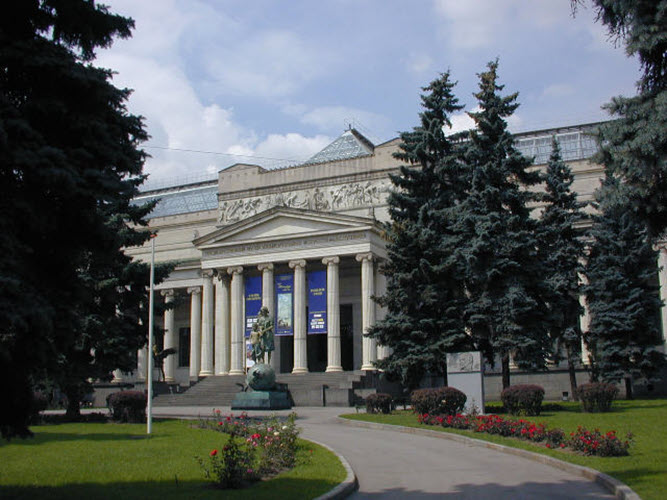Pushkin Museum: History, Theme, and Significance

Pushkin Museum, also known as the Pushkin State Museum of Fine Arts, is one of the largest and most renowned art museums in Moscow, Russia.
History of Pushkin Museum
The Pushkin Museum was established in 1912 and opened its doors to the public in 1913. It was initially named the Museum of Fine Arts of the Imperial Moscow University and later renamed in honor of the renowned Russian poet Alexander Pushkin. The museum was originally housed in the neoclassical mansion of the Russian industrialist Yuriy Nechaev-Maltsov. Over the years, the museum has expanded and acquired numerous artworks through donations, purchases, and acquisitions.
Significance of Pushkin Museum
The Pushkin Museum is considered one of Russia’s most important art institutions and plays a significant role in the country’s cultural heritage. It serves as a center for art education, research, and preservation, attracting art enthusiasts, scholars, and tourists from around the world. The museum’s collection represents a diverse range of artistic styles, movements, and historical periods, providing visitors with a comprehensive overview of art history.
Events at Pushkin Museum
The museum hosts various temporary exhibitions, showcasing different themes, artists, or art movements. These exhibitions often attract considerable attention and provide visitors with unique experiences. The Pushkin Museum also organizes lectures, workshops, concerts, and other cultural events that promote artistic appreciation and understanding.
Observer Voice is the one stop site for National, International news, Sports, Editor’s Choice, Art/culture contents, Quotes and much more. We also cover historical contents. Historical contents includes World History, Indian History, and what happened today. The website also covers Entertainment across the India and World.

